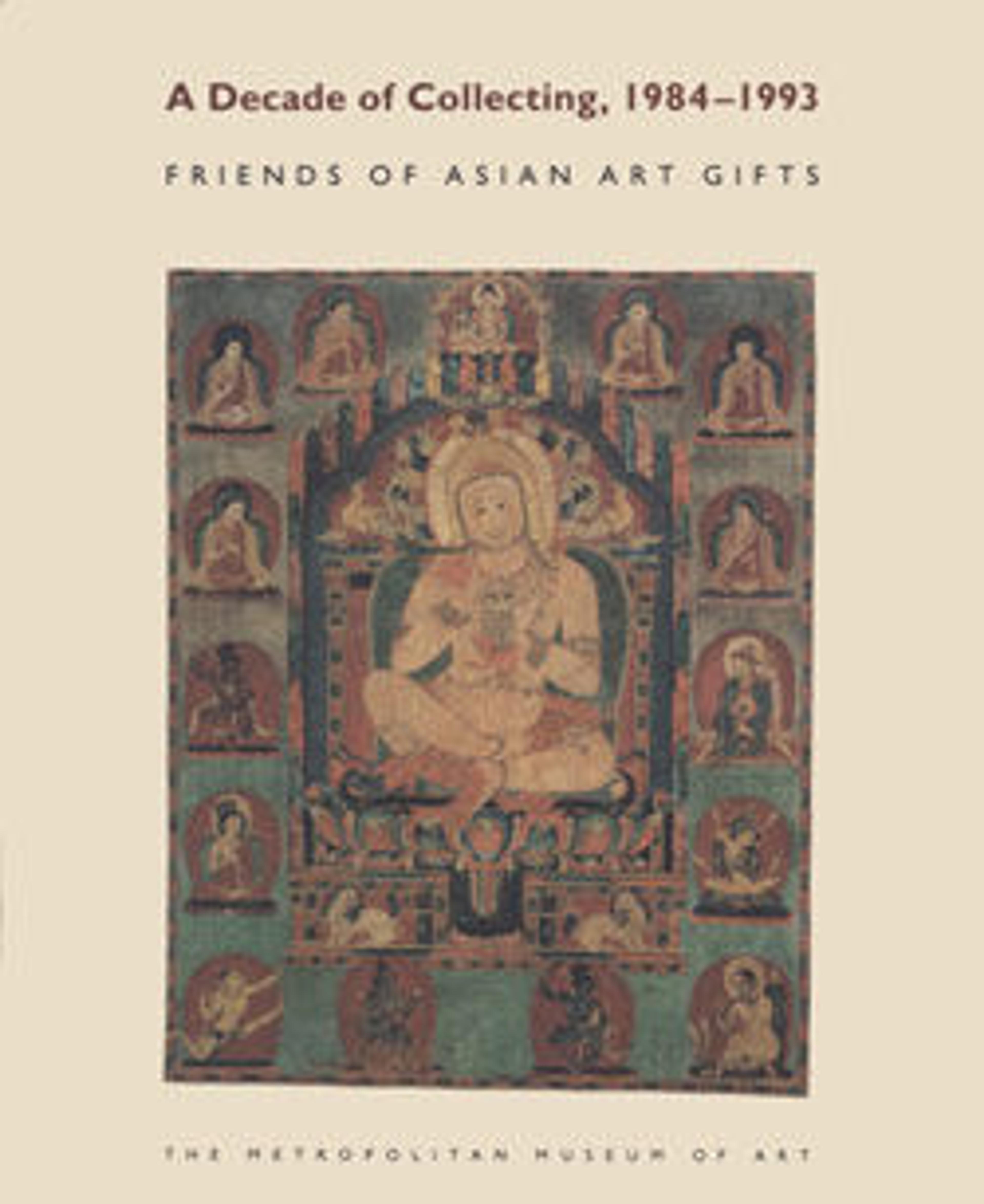Tiger
The tiger has long been an auspicious symbol of power throughout Asia, in both popular culture and elite society. In East Asian art a tiger in a bamboo grove conveys the idea of a peaceful and harmonious society, strong leadership, and just government, as it is one of the few animals able to navigate the thick bamboo forest. With its almost whimsical treatment of the animal, this work resembles Korean tiger paintings of the Joseon dynasty (1392–1910); however, the loose, free brushwork is more characteristic of Japanese renditions of the subject. The artist, Meisō, was almost certainly a Japanese monk-painter. An eighteenth-century monk named Shitaku Junka, about whom little is known, composed the inscribed poem.
Artwork Details
- 明窓筆 虎図
- Title: Tiger
- Artist: Meisō (Japanese, active early 18th century)
- Period: Edo period (1615–1868)
- Date: early 18th century
- Culture: Japan
- Medium: Hanging scroll; ink and color on paper
- Dimensions: 30 5/8 x 13 3/8 in. (77.8 x 34 cm)
- Classification: Paintings
- Credit Line: Purchase, Friends of Asian Art Gifts, 1986
- Object Number: 1986.171
- Curatorial Department: Asian Art
More Artwork
Research Resources
The Met provides unparalleled resources for research and welcomes an international community of students and scholars. The Met's Open Access API is where creators and researchers can connect to the The Met collection. Open Access data and public domain images are available for unrestricted commercial and noncommercial use without permission or fee.
To request images under copyright and other restrictions, please use this Image Request form.
Feedback
We continue to research and examine historical and cultural context for objects in The Met collection. If you have comments or questions about this object record, please contact us using the form below. The Museum looks forward to receiving your comments.
